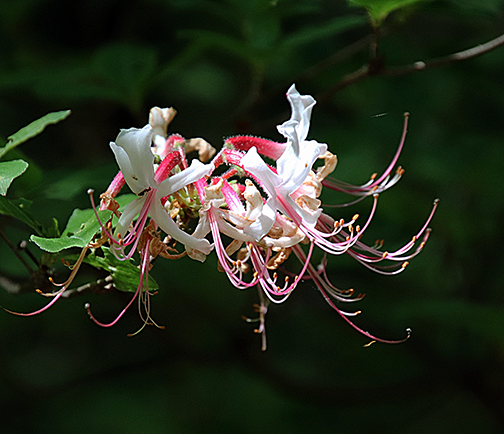


Nonpartisan and Education-based News for Centreville


The Spy Newspapers may periodically employ the assistance of artificial intelligence (AI) to enhance the clarity and accuracy of our content.


The Spy Newspapers may periodically employ the assistance of artificial intelligence (AI) to enhance the clarity and accuracy of our content.
Ciao Tutti!
This weekend we will taste the Campo Di Marte Pecorino Offrida DOCG ($13.50, 13.5 ABV) from the Tenuta De Angelis winery in Castel Di Lama in Le Marche. It has been very popular with our customers but it is long overdue for its debut at our weekly tasting. In Italian, “pecora” means sheep. The sheep favored eating the sweeter Pecorino grapes during their seasonal migration and the shepherds may have offered their Pecorino cheese to the vineyard owners as compensation for the grapes consumed by their flocks of sheep. The woodpecker on the label symbolizes the bird’s importance to the god Mars, who guided the Picenes, an ancient Italic people, to the province of Ascoli Piceno in Le Marche. The vineyard is the Field of Mars (Campo Di Marte)

In the 1950’s, the De Angelis family constructed their first winery to vinify both their own grapes and those from other producers. Soon new vineyards were planted in Castel di Lama and Offrida and all wines are fermented with native yeasts and are certified organic. The winery is now managed by winemaker Quinto Fausti and his son Alighiero.

Le Marche is home to many ancient castles, such as the one that overlooks the Offrida vineyard.

The Campo di Marte Pecorino is 100% Pecorino indigenous grape and offers floral aromas, ripe pear flavor, bright acidity with an edge of minerality and a dry, crisp, finish reminiscent of bitter almonds. Pair with spring salads, soups, light pasta dishes, fish or other seafood.
If you have not yet tasted this customer favorite, come join me Friday from noon to 5:45 or Saturday from noon to 4:45 and taste how good it is!
Cin Cin,
Jenn
Piazza Italian Market is located in the Talbot Town Shopping Center, 218 N. Washington St., in Easton, MD
Contributor Jennifer Martella has pursued dual careers in architecture and real estate since she moved to the Eastern Shore in 2004. She has reestablished her architectural practice for residential and commercial projects and is a real estate agent for Meredith Fine Properties. She especially enjoys using her architectural expertise to help buyers envision how they could modify a potential property. Her Italian heritage led her to Piazza Italian Market, where she hosts wine tastings every Friday and Saturday afternoons.
The Spy Newspapers may periodically employ the assistance of artificial intelligence (AI) to enhance the clarity and accuracy of our content.
The Spy Newspapers may periodically employ the assistance of artificial intelligence (AI) to enhance the clarity and accuracy of our content.